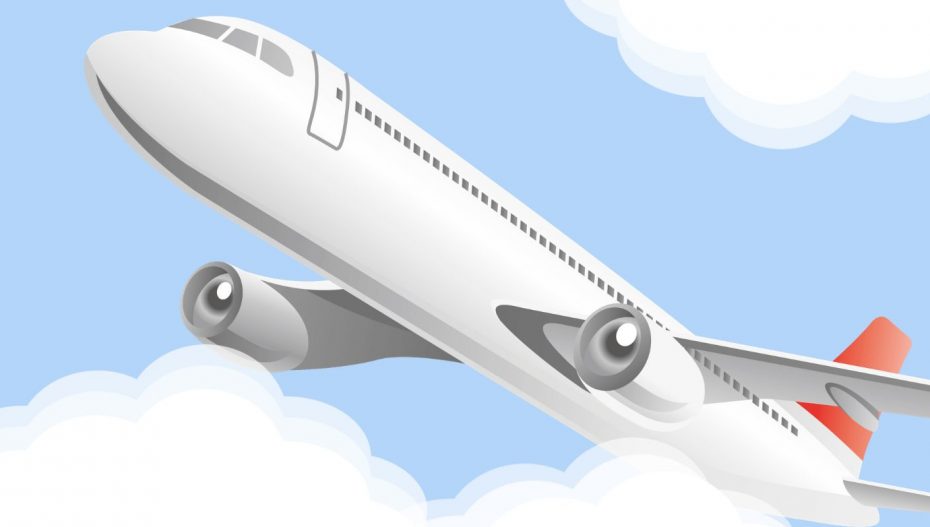For many aviation travelers, staying connected during flights has become mandatory, especially for business travelers. These travelers are concerned with one thing: productivity. Apart from business travelers, other air travelers also want to stay connected during flights to catch up on work, stay in touch with loved ones, or simply surf the internet. For this purpose, in-flight Wi-Fi technology was introduced.
In-flight WiFi uses a combination of ground-based cellular towers and geostationary satellites to provide internet access to passengers during air travel. Many airlines worldwide, including the likes of Emirates, are providing in-flight WiFi services to their passengers so they can access the internet and perform various online activities during long-haul flights.
Although in-flight WiFi provides access to the Internet, it is not as powerful and reliable as the Internet on the ground. Therefore, if you are a passenger, there are certain things that you need to do to optimize your in-flight WiFi experience and get the best experience possible. Let’s have a look at those things!
Prepare for the Flight
The first thing that you can do to make the most of your in-flight WiFi is to be prepared for it. You should start by researching various airlines and their in-flight WiFi services to determine which airlines offer the best in-flight WiFi services. Check the coverage and pricing options for different in-flight WiFi services to choose the one that meets your requirements.
Once you have chosen a reliable in-flight WiFi service like UnitedWiFi and booked a flight, download any necessary apps, software, videos, or files that you might need on the plane while you are still on the ground. Sometimes, people forget to download the dedicated mobile app for the in-flight WiFi services, so make sure that you get that done too. Downloading files and apps can not only take ages on the plane but also use a significant portion of your in-flight WiFi’s limited data cap.
Choose the Right Seat
While booking your seat on the flight, make sure that you choose the right seat to get the best internet experience possible. The location of your seat in the cabin can have a significant impact on your in-flight WiFi experience. Since WiFi hotspots are usually located in the middle of the aircraft, choosing a seat in the middle of the cabin will give you a better experience.
Seats that are close to the hotspots usually get better signal strength and stability than those on the periphery. Most people don’t realize the importance of this factor, but while you are 35,000 feet up in the air, even the tiniest of things can make a difference.
Instantly Join the WiFi Network
This is another very useful tip to get the best in-flight WiFi experience. As soon as you board the plane and the WiFi hotspot is enabled by the plane crew, instantly join the WiFi network. If you connect early to the WiFi network, you will get a more reliable and stable connection than if you join the network once it is congested.
Optimize the Settings of Your Device
Along with other things, you also need to make some adjustments to the settings of your device. First, disable automatic app updates, cloud backups, and file syncing, as these processes aren’t essential and can consume bandwidth in the background without you even noticing. Next up, close any unused apps and processes that might be running in the background.
While you are at it, enable data-saving mode on your device to conserve data, avoid unnecessary data usage, and improve your WiFi experience. Most devices nowadays come with data-saving options pre-installed; you just need to enable them.
Enhance WiFi Performance
You can try to enhance the performance of your in-flight WiFi connection by doing a few things and optimizing some settings. First, you can position your device in such a way that signal reception is at its maximum and there is no signal blockage. Avoid blocking the antenna bands of your phone or device with your hands or body, which can decrease the strength of signals. Experiment with different angles to find the position in which the WiFi works optimally.
Additionally, you can also tweak the performance of your web browser by clearing the browser cache and cookies before connecting to the in-flight WiFi. Moreover, you can disable bandwidth-intensive activities running in the background that can slow down the internet. Lastly, if you have to perform any bandwidth-intensive activity, such as streaming videos, adjust the settings to a lower resolution.












